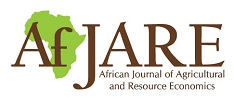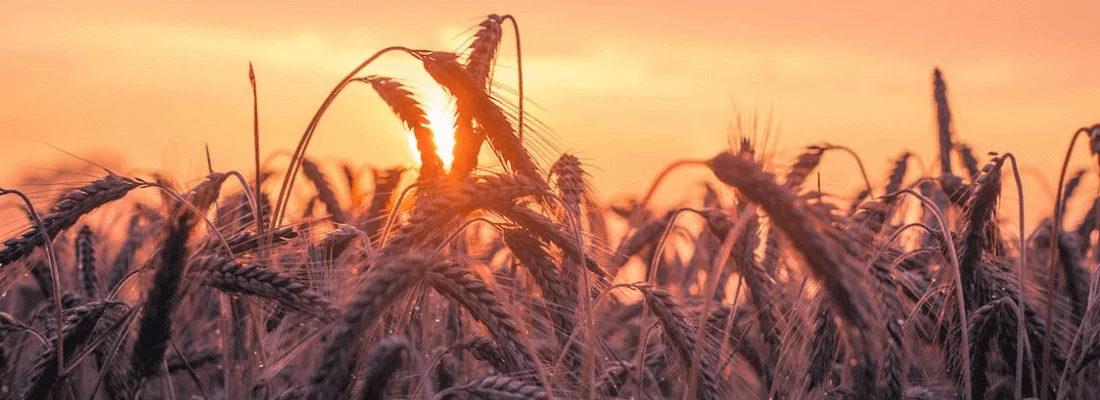
Supports Open Access
0.5 Impact Factor



African Journal of Agricultural and Resource Economics (AfJARE)
A publication of the African Association of Agricultural Economists (AAAE)
Latest Publications
Impact of adoption of conservation agriculture on farm productivity and financial performance in Tanzania
Using nationally representative cross-sectional data, the study investigated the impact of CA adoption through a multivalued treatment framework.
The objective of this research was to assess the effects of non-timber forest products (NTFPs) on food consumption expenditure by agricultural households in the southwestern region of Burkina Faso.
Qualité institutionnelle et politiques agricoles : repenser les chaînesde valeur pour la sécurité alimentaire en Afrique
Cette étude explore l’effet de l’intégration des pays africains aux chaînes de valeur agricoles sur la sécurité alimentaire, en soulignant le rôle central des institutions.
Agricultural digitisation and agricultural development: A comparison between developed and developing countries
Agricultural digitisation is one of the key drivers of agricultural development, as well as of rapid economic growth, in many countries. This study aims to investigate the causal links between agricultural digitisation and high-quality agricultural development in the context of developed and developing countries.
Does land tenure security matter for household income diversification in Burkina Faso? Empirical evidence from a mixed process regression
In this study, we investigate whether land tenure security is a pull factor for household income diversification.
Prospects for locally produced nutrient-dense rice in Liberia: How import preferences and agronomic traits shape consumer demand and farmer adoption
This study examines whether Liberian consumers are willing to pay for new, locally produced nutrient-dense rice, and if farmers are willing to grow such rice.
Volume 20
The underutilisation of coconut and its by-products imply poor livelihoods and, ultimately food insecurity for farmers growing coconut. Sustainable practices like a circular economy (CE) need to be promoted for uptake by the farmers to achieve sustainable development through better utilisation of coconuts and their by-products.
Agricultural digitisation is one of the key drivers of agricultural development, as well as of rapid economic growth, in many countries. This study aims to investigate the causal links between agricultural digitisation and high-quality agricultural development in the context of developed and developing countries.
Volume 19
This study investigated the food security effect of the adoption of improved maize varieties among farming households in Uganda using four waves of the Uganda National Panel Survey (UNPS) spanning the period 2013 to 2020.
The burden of low-quality diets and childhood undernutrition is widespread in rural areas in Sub-Saharan Africa, where households rely mostly on agriculture. Various empirical studies have shown the relative importance of the market, and hence food purchases, compared with farm diversification in raising dietary diversity.
The literature on what drives crop failure and crop abandonment is scant. This paper explores the interplay between risk factors and crop abandonment. We examine the role of risk sources and risk management strategies in crop abandonment by smallholder maize farmers in Zambia.
Volume 18 (2023)
Poultry waste management and the energy demand have generated environmental and climate change concerns. Experts have suggested converting poultry waste to biogas energy through recycling to reduce these concerns.
This study investigates the effect of temperature and precipitation on the economic value of agricultural output from farm households in six Sub-Saharan African countries: Ethiopia, Malawi, Niger, Nigeria, Tanzania and Uganda.
Accessing water supply services remains a serious challenge in Wakiso District in Uganda, where most households travel long distances to collect water – a process that threatens their health, productivity and economic wellbeing.

